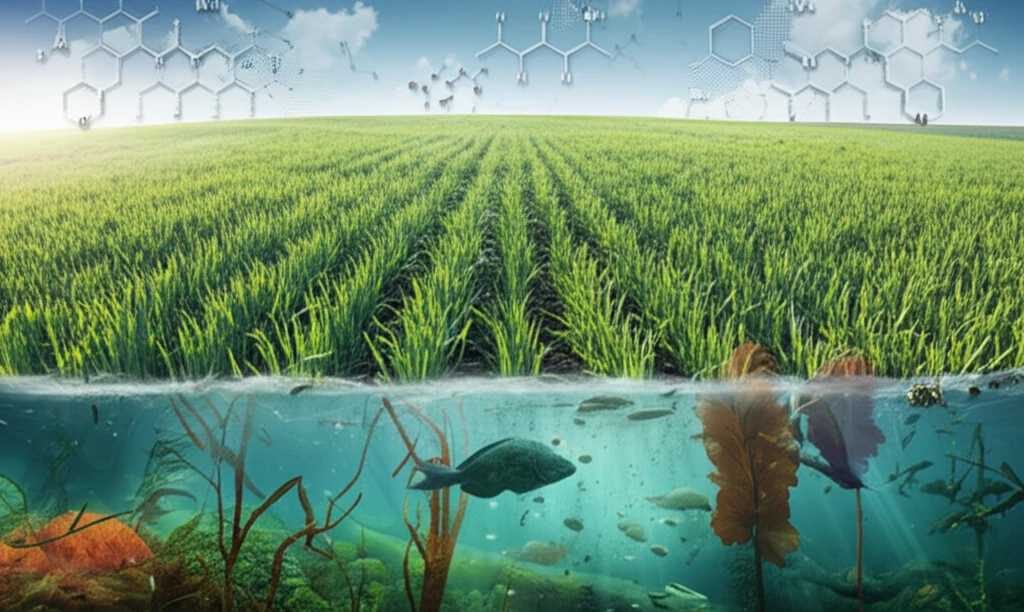
Pesticides and Produce: Navigating Ecotoxicity in Modern Farming
"A closer look at how pesticide use impacts our ecosystems and what choices we can make for a healthier planet."
In an era defined by escalating global food demands, agriculture stands at a critical intersection. Pesticides, designed to protect crops from weeds, pests, and diseases, play a pivotal role in ensuring food availability. Yet, this protection comes at a cost. The fractions of pesticides that miss their intended targets can inflict considerable harm on the environment, disrupting delicate ecosystems and posing risks to non-target species.
Life Cycle Assessment (LCA) has emerged as a vital tool for evaluating the environmental impacts of agricultural practices. One of the central challenges in this assessment is accurately modeling pesticide emissions and understanding their subsequent impacts. This involves not only quantifying the amount of pesticide released but also tracing its journey through the environment and assessing its effects on various organisms.
Recent advancements in pesticide emission inventory and impact assessment offer a new opportunity to refine our understanding. By establishing a clear interface between the stages of LCA and meticulously tracking the distribution of pesticides, we can minimize temporal overlaps and enhance the precision of our assessments. A study conducted in Denmark, focusing on feed crops, showcases these advancements, testing various modeling choices and leveraging the latest updates in ecotoxicity characterization methods.
What's the Real Impact of Pesticides? Unpacking the Ecotoxicity Data

The study evaluated the freshwater ecotoxicity impacts of pesticide use in the production of several feed crops—including maize, grass, winter wheat, spring barley, rapeseed, and peas—over a three-year period (2013-2015). This assessment focused on how different inventory modeling techniques and the latest USEtox characterization methods influence the results. Ecotoxicity impacts were calculated using two functional units: the crop impact profile per hectare and the extent of cultivation. These metrics help provide a comprehensive view of the ecological footprint of pesticide use.
- Emission Modeling Scenarios: Three scenarios (RS, AS1, and AS2) were tested, each with different assumptions about how pesticides are distributed in the environment.
- Key Factors Influencing Results: The interface between emission estimates and impact assessment, and the consideration of crop growth and application methods.
- Impact Score Variations: AS2 generally showed higher impact scores, but the ranking of crops remained relatively consistent across scenarios.
- Statistical Significance: Significant differences were found in impact results modeled under RS and AS2, highlighting the importance of inventory models.
Towards a Healthier Harvest: Sustainable Solutions for the Future
As we look to the future of agriculture, it's clear that a balanced approach is needed—one that ensures food security while minimizing environmental harm. By continually refining our methods for assessing pesticide emissions and ecotoxicity, and by embracing practices that reduce our reliance on harmful chemicals, we can pave the way for a more sustainable and resilient agricultural system. The insights from studies like this one in Denmark provide a roadmap for informed decision-making, empowering both farmers and policymakers to cultivate a healthier world.
